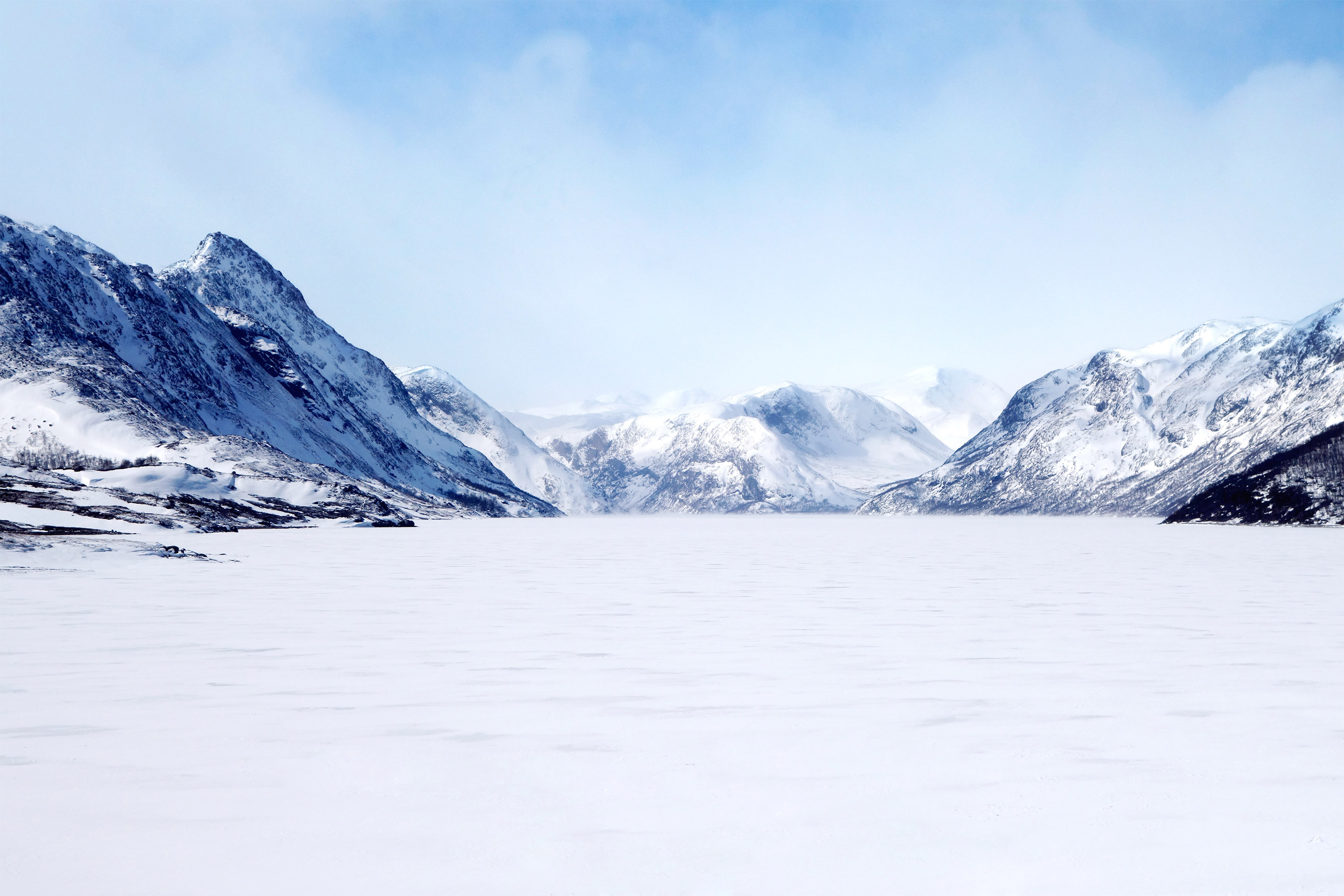Soaring to New Heights: A Guide to Building and Nailing Your Snowboard Jump
For snowboarders, there's nothing quite like the feeling of catching air and executing a perfect jump. Whether you're a beginner looking to conquer your first kicker or an experienced rider aiming to add style to your tricks, building and mastering a snowboard jump is an exhilarating progression in your snowboarding journey. In this blog, we'll guide you through the steps of constructing a jump, understanding the mechanics of flight, and landing with finesse.
Choose a Suitable Location:
Select a location with a gentle slope and sufficient snow coverage. Ensure that the area is free of obstacles and hazards. A dedicated terrain park or a mellow backcountry area is ideal.
Avoriaz - Portes du Soleil, France:
Avoriaz, located in the vast Portes du Soleil ski area, is celebrated for its top-notch terrain parks. The "La Chapelle Park" in Avoriaz is particularly popular, featuring a variety of jumps, rails, and boxes suitable for different skill levels. Freestyle riders flock to Avoriaz for its creative park design and stunning views of the surrounding mountains.
Mayrhofen - Zillertal Arena, Austria:
Mayrhofen in the Austrian Alps is not only known for its picturesque village and diverse ski terrain but also for its impressive Vans Penken Park. This terrain park caters to all skill levels and includes a superpipe, various kickers, and a range of jibs and rails. Mayrhofen's commitment to freestyle culture makes it a favorite destination for snowboarders and skiers looking to hone their skills in a fun and dynamic environment.
Navigating the Jump:
Approach with Confidence:
As you approach the jump, maintain a balanced and centered stance on your snowboard. Keep your knees slightly bent and your weight evenly distributed.
Generate Pop:
As you reach the lip of the jump, use your legs to generate pop. Extend your legs to spring off the takeoff. Engage your core muscles to maintain control.
Keep Your Eyes Ahead:
Look towards the landing zone, keeping your eyes focused and anticipating the trajectory of your jump. This helps with balance and ensures a smoother descent.
Landing with Style:
Prepare for Landing:
As you descend, prepare for the landing by bringing your knees up slightly. Keep your body aligned with your snowboard.
Bend Your Knees Upon Landing:
Upon landing, absorb the impact by bending your knees. This helps in shock absorption and maintaining stability.
Building and executing a snowboard jump is a thrilling experience that adds a new dimension to your riding repertoire. Whether you're shaping your own jump or hitting features in a terrain park, the key is to approach it with patience, practice, and a commitment to safety. So, grab your snowboard, find a suitable spot, and start soaring to new heights – the world of snowboard jumps awaits your stylish descent!
